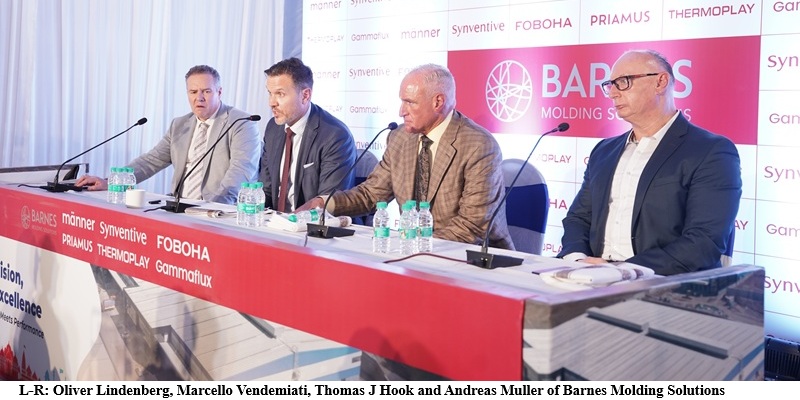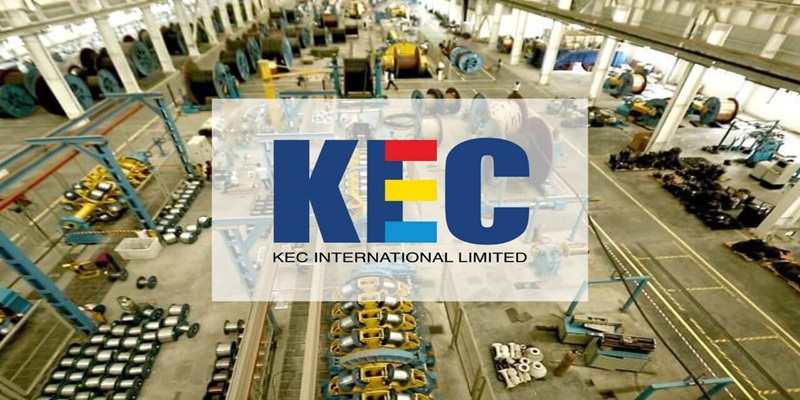Schedule a Call Back
Nanomaterials: Engineering changes at nano scale
 Technical Articles
Technical Articles- Oct 01,17

- • Nanophase ceramics are of particular interest because they are more ductile at elevated temperatures as compared to the coarse-grained ceramics.
- • Nanostructured semiconductors are known to show various non-linear optical properties.
- • Semiconductor Q-particles also show quantum confinement effects which may lead to special properties, like the luminescence in silicon powders and silicon germanium quantum dots as infrared optoelectronic devices. Nanostructured semiconductors are used as window layers in solar cells.
- • Nanosized metallic powders have been used for the production of gas tight materials, dense parts and porous coatings. Cold welding properties combined with the ductility make them suitable for metal-metal bonding especially in the electronic industry.
- • Single nanosized magnetic particles are mono-domains and one expects that also in magnetic nanophase materials the grains correspond with domains, while boundaries on the contrary to disordered walls. Very small particles have special atomic structures with discrete electronic states, which give rise to special properties in addition to the superparamagnetism behavior.
- • Nanostructured metal clusters and colloids of mono- or plurimetallic composition have a special impact in catalytic applications. They may serve as precursors for new type of heterogeneous catalysts (Cortex-catalysts) and have been shown to offer substantial advantages concerning activity, selectivity and lifetime in chemical transformations and electrocatalysis (fuel cells).
- • Nanostructured metal-oxide thin films are receiving a growing attention for the realisation of gas sensors (NOx, CO, CO2, CH4 and aromatic hydrocarbons) with enhanced sensitivity and selectivity. Nanostructured metal-oxide (MnO2) finds application for rechargeable batteries for cars or consumer goods. Nanocrystalline silicon films for highly transparent contacts in thin film solar cell.
- • Mechanical grinding, sol-gel process and gas-phase synthesis methods are some of the processes to manufacture nano materials.
Related Stories
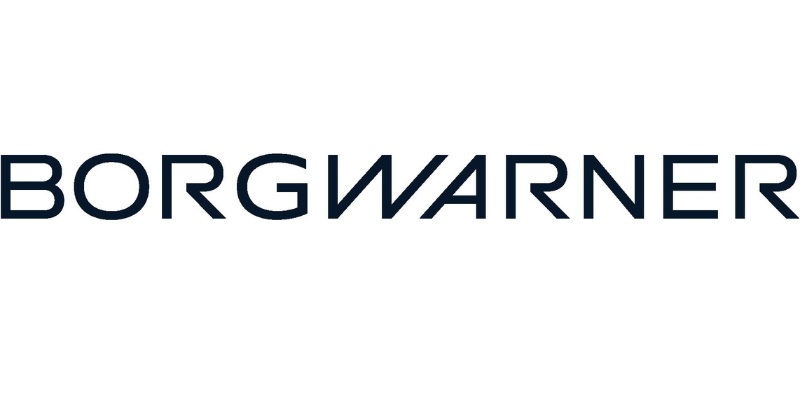
BorgWarner unveils new logo marking transformation to eMobility
Signaling a new chapter, BorgWarner launches a new logo which is future-focused, dynamic and reinforces BorgWarner’s vision of a clean, energy-efficient world. The company expects eProduct revenue..
Read more
All industries need to protect their asset from corrosion
It is estimated that on an average corrosion eats into about 5% of a country’s GDP – having a negative effect on the economy’s exchequer, affecting..
Read more
Biomaterials for versatile applications
It is a human endeavour to help mankind to fight diseases and strive to find solutions to human sufferings - be it in the form of a bone, tissue, eyesight or heart problem or many other problems. Wi..
Read moreRelated Products
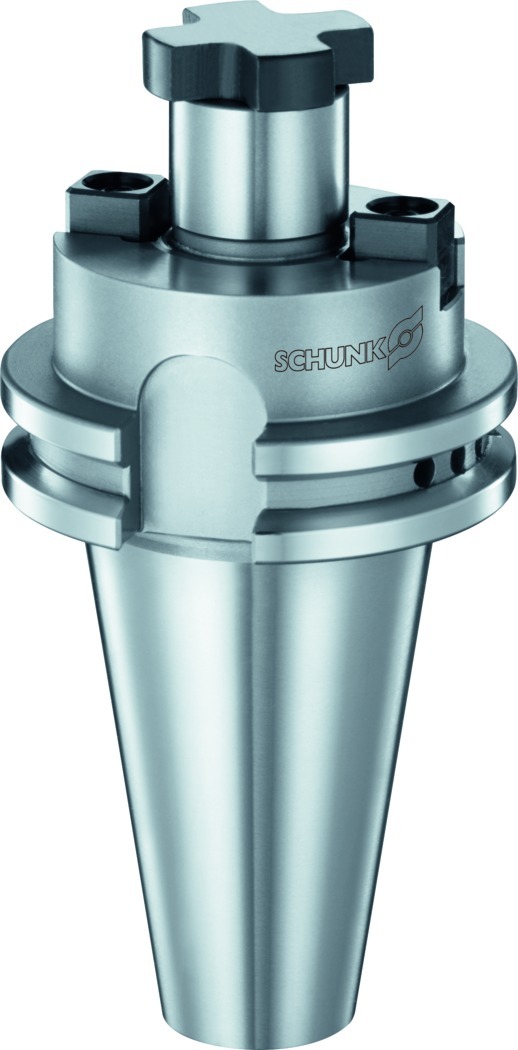
Face Mill Arbors
Schunk Intec India Pvt Ltd offers a wide range of face
mill arbors.
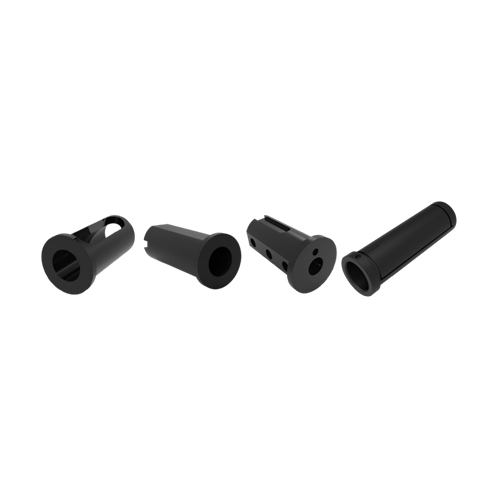
Reduction Sleeves
Prominent Machine Tools offers a wide range of reduction sleeves.
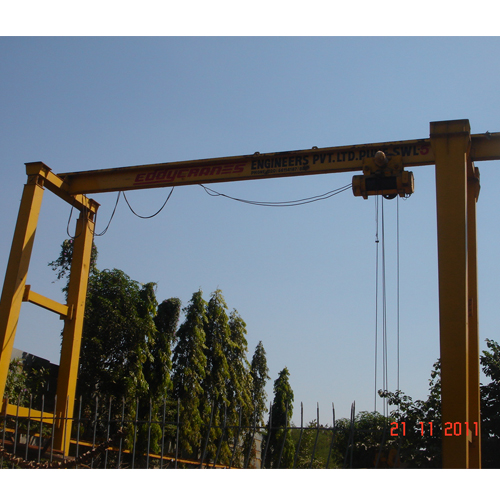
Gantry Goliath Cranes
Eddycranes Engineers (P) Ltd offers a wide range of gantry goliath cranes.





